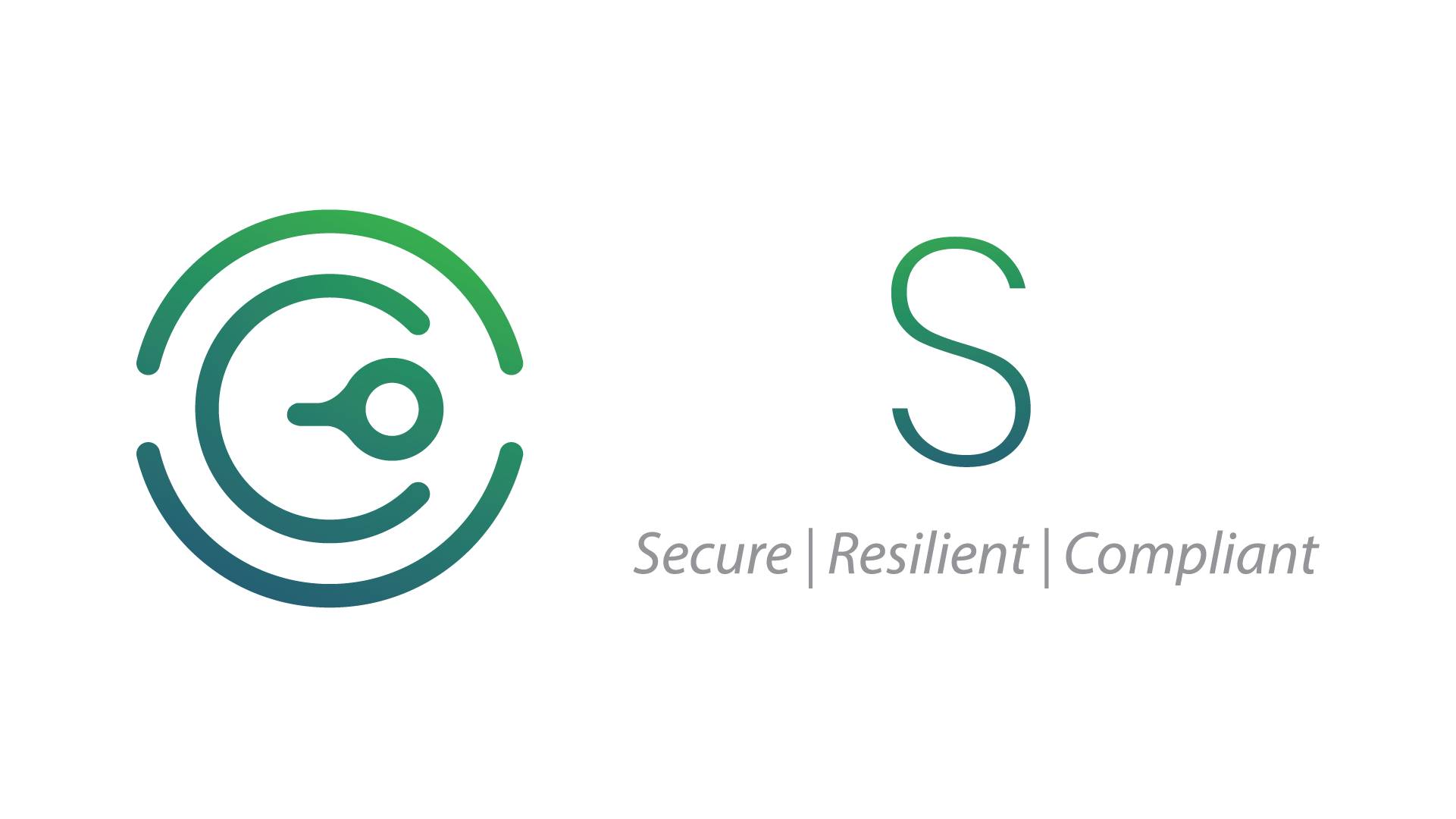
Top Cybersecurity Threats Facing UAE Businesses in 2025
The United Arab Emirates (UAE) is fast emerging as a global hub for innovation, smart cities, digital finance, and e-governance. However, with this rapid technological advancement comes an increased exposure to sophisticated cyber threats. As businesses digitize operations, store sensitive data in the cloud, and depend more on third-party tools, the attack surface expands.
In 2025, the cybersecurity landscape in the UAE is more complex than ever. Cybercriminals are adopting AI-powered tools, state-sponsored groups are targeting infrastructure, and compliance frameworks are evolving. This article explores the top cybersecurity threats UAE businesses face today — and actionable steps to mitigate them.
UAE’s Business Landscape & Rising Digital Risk
Why is the UAE a target?
- High-value digital infrastructure: Financial hubs like Dubai and Abu Dhabi process billions in transactions daily.
- Remote workforce growth: More organizations are adopting hybrid and fully remote models, increasing risk vectors.
- Global exposure: Businesses in the UAE often deal with cross-border clients, partners, and cloud service providers.
- Compliance pressure: Failure to meet cybersecurity requirements under the UAE Personal Data Protection Law (PDPL) can lead to penalties and loss of trust.
The need for robust cybersecurity is no longer optional — it’s a boardroom priority.
Top Cybersecurity Threats in 2025
1. Ransomware 2.0
Ransomware attacks are more aggressive and strategic in 2025. Instead of simply encrypting files, attackers exfiltrate sensitive data and threaten public leaks to pressure businesses into paying.
Case in Point:
A UAE logistics firm recently fell victim to a ransomware gang that disrupted supply chain operations for a week, causing financial and reputational damage.
How to Respond:
- Regular data backups (offline and encrypted)
- Endpoint detection and response (EDR) tools
- Clear incident response plans
2. Phishing-as-a-Service (PhaaS)
Cybercriminals now sell phishing toolkits on the dark web, making it easy for anyone to launch a phishing campaign. These kits mimic UAE bank portals, government services, and popular SaaS tools.
Red Flags:
- Generic emails with urgent language
- Fake login pages mimicking Etisalat, DEWA, or Emirates ID
Prevention Tactics:
- Implement email security gateways
- Conduct regular phishing simulations for employees
3. Insider Threats & Privilege Misuse
Whether intentional or accidental, insiders — such as employees or contractors — account for a significant portion of breaches.
Common Scenarios:
- Leaving confidential data open on shared drives
- Misuse of admin privileges
- Departing employees leaking sensitive files
Control Measures:
- Zero trust access model
- Identity and access management (IAM) systems
- Data Loss Prevention (DLP) tools
4. Cloud Configuration Vulnerabilities
UAE enterprises are increasingly adopting cloud services like AWS, Azure, and Google Cloud. Misconfigured storage buckets or unprotected APIs can expose sensitive data to attackers.
Statistics:
Over 70% of reported data leaks in the region last year stemmed from cloud misconfigurations.
Mitigation:
- Regular cloud security audits
- Multi-factor authentication for all accounts
- Automated misconfiguration scanning tools
5. AI-Powered Cyber Attacks
Generative AI is being used to create more believable phishing content, malware that mutates to avoid detection, and deepfakes for social engineering scams.
Example:
A UAE real estate firm received a WhatsApp voice message, deepfaked to sound like their CEO, requesting an urgent financial transfer.
Your Defense:
- Behavioral analysis tools
- Voice verification protocols for high-risk actions
UAE Personal Data Protection Law (PDPL) — What You Must Know
Passed in 2021 and updated in subsequent years, the PDPL aligns closely with GDPR, requiring:
- Purpose-based data processing
- Consent management
- Breach notification within a 72-hour window
- Appointment of a Data Protection Officer (DPO) for certain entities
Non-compliance = fines + reputational damage.
Ensure your data handling policies are up to date and your staff is trained on PDPL mandates.
How Centre Systems Group Can Help
At Centre Systems Group, we specialize in helping UAE-based businesses identify and eliminate cybersecurity blind spots. Our comprehensive services include:
- Vulnerability assessments and real-time monitoring
- Penetration testing to expose exploitable weaknesses
- Cybersecurity compliance consulting (PDPL, ISO 27001, PCI DSS)
- Managed security services for round-the-clock protection
- Employee awareness training and simulated attacks
We understand the local landscape and regulatory frameworks, helping you stay secure and compliant.
Cybersecurity in the UAE is no longer a technology concern — it’s a business-critical issue. From AI-driven phishing to insider threats and evolving regulations, businesses must proactively defend themselves. The cost of inaction can be catastrophic.
Partner with Centre Systems Group to strengthen your cybersecurity posture and meet compliance with confidence. Our local presence, expert team, and custom-tailored solutions ensure your business is protected against the threats of 2025 and beyond.
📩 Ready to secure your digital future? Contact us today for a free consultation.
Frequently Asked Questions
What types of businesses are most at risk in the UAE?
Financial services, logistics, healthcare, and public sector companies are top targets due to the sensitivity and volume of data handled.
How often should we conduct penetration testing?
At least twice a year, or after significant changes to your IT environment
Is cyber insurance a good idea for UAE companies?
Yes — especially for medium-to-large enterprises — but it must be paired with strong internal controls
Can small businesses be targeted too?
Absolutely. Many attackers target SMEs because of weaker security infrastructure.



Leave a Reply